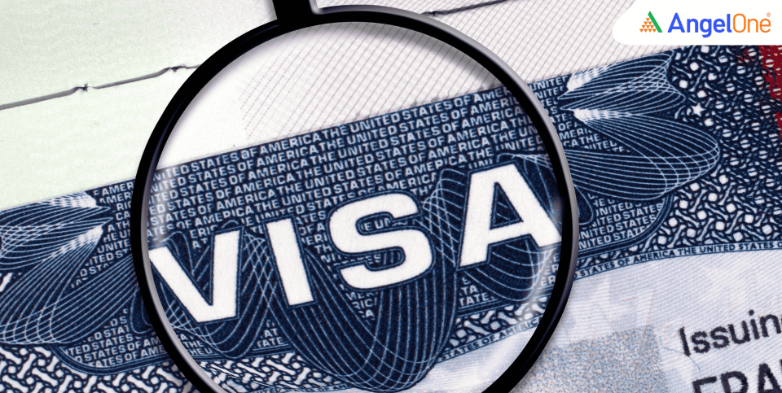
The Japanese government is preparing to increase visa issuance fees for foreign visitors starting in fiscal 2026. This will be the first hike since 1978, as current charges are much lower than in the United States and Europe. The move aims to generate funds to deal with overtourism, which has led to overcrowding and environmental strain at major tourist destinations.
At present, a single-entry visa costs ¥3,000 (about ₹1,725), while double-entry or multiple-entry visas are priced at ¥6,000 (around ₹3,450). These rates are considerably lower than those in many developed countries. For example, the United States charges $185 for a business or tourist visa, the UK charges £127 (₹13,400) for a short-term stay, and the European Union charges €90 (₹8,100) for a Schengen visa.
To bring Japan’s fees in line with global standards, authorities plan to significantly raise visa costs. The extra income will help address problems caused by the sharp rise in visitors, such as damage to natural sites, congestion, and pressure on local infrastructure.
Japan’s international departure tax, introduced in 2019, currently stands at a flat ¥1,000 (₹575) for all travellers leaving the country. Officials are now reviewing this rate and may adjust it to match international norms. In Germany, for instance, departure taxes range from ₹1,600 to ₹7,000 depending on the flight destination.
In addition to higher fees, Japan plans to introduce the Japan Electronic System for Travel Authorisation (JESTA) by 2028. This will be similar to the European Union’s ETIAS system and will apply to travellers from visa-waiver countries. The electronic authorisation is expected to cost around ¥6,000 (₹3,450).
Japan recorded a record 36.87 million foreign visitors in 2024. While tourism boosts the economy, it has also created issues such as crowding at temples, shrines, and scenic areas. The planned fee increases and new systems are part of a broader effort to manage this growing influx of tourists more sustainably.
Read more: Want to Bring Your Brother or Sister to the U.S.? Here’s How the Green Card Process Really Works.
By raising visa and departure fees and introducing JESTA, Japan hopes to balance the benefits of tourism with the need to protect its environment and local communities. The measures are expected to take effect from April 2026 as part of Japan’s upcoming economic package.
Disclaimer: This blog has been written exclusively for educational purposes. The securities mentioned are only examples and not recommendations. This does not constitute a personal recommendation/investment advice. It does not aim to influence any individual or entity to make investment decisions. Recipients should conduct their own research and assessments to form an independent opinion about investment decisions.
Published on: Nov 12, 2025, 5:21 PM IST

We're Live on WhatsApp! Join our channel for market insights & updates